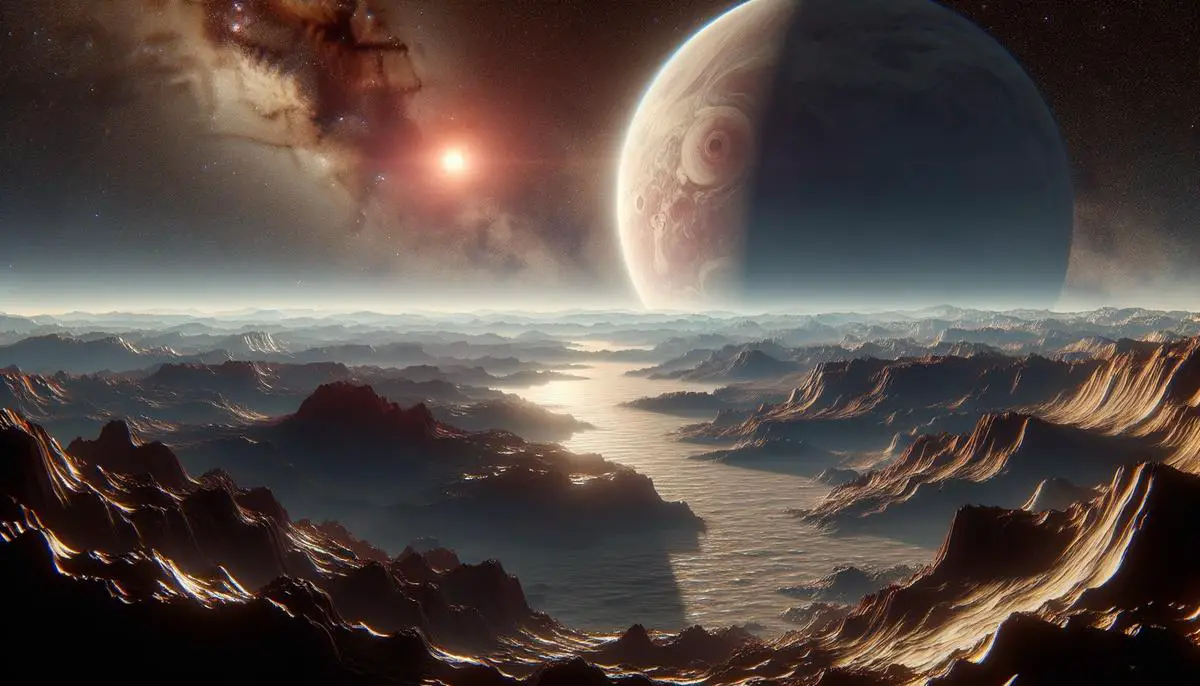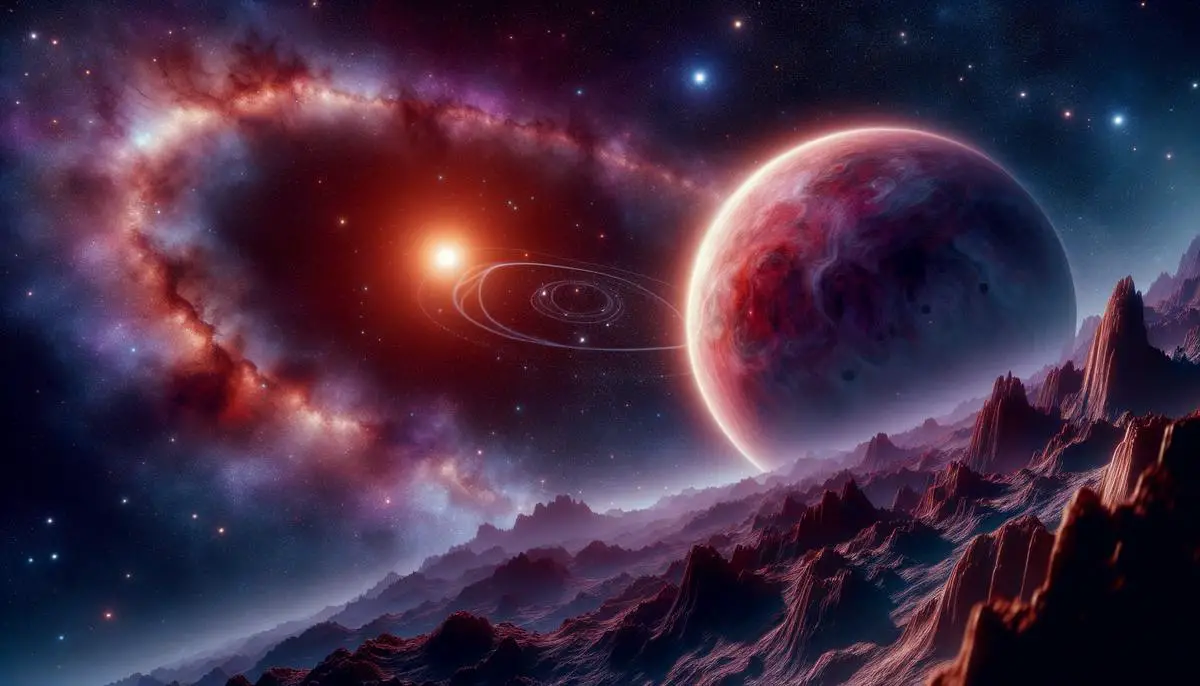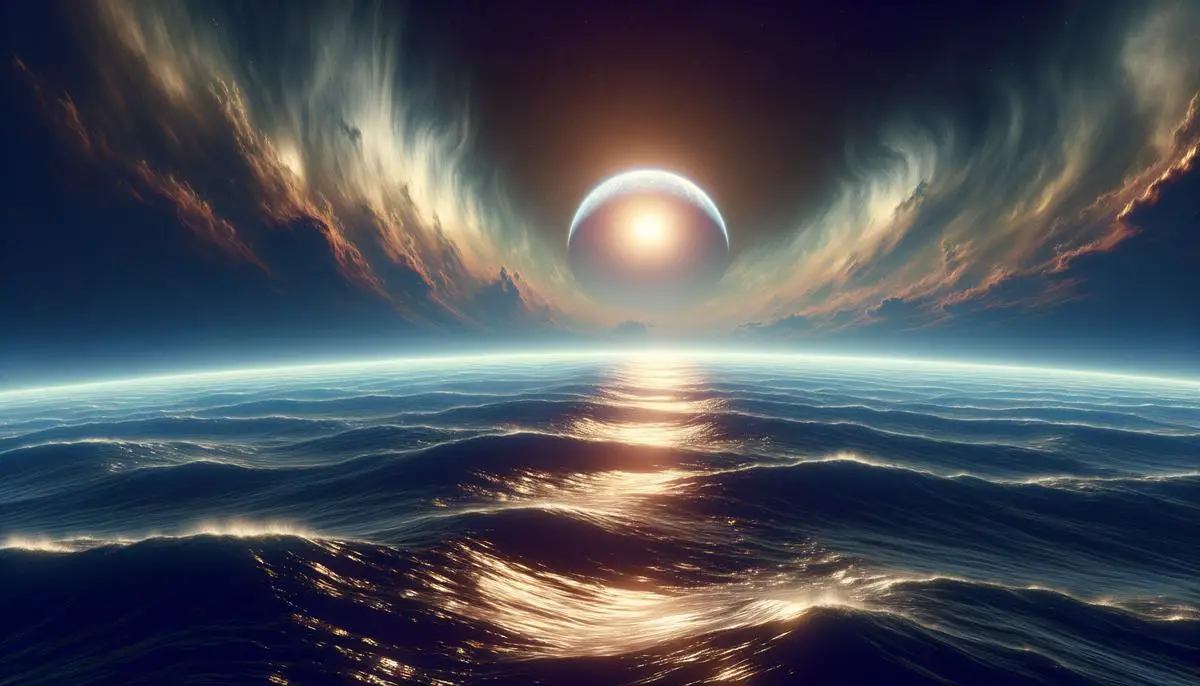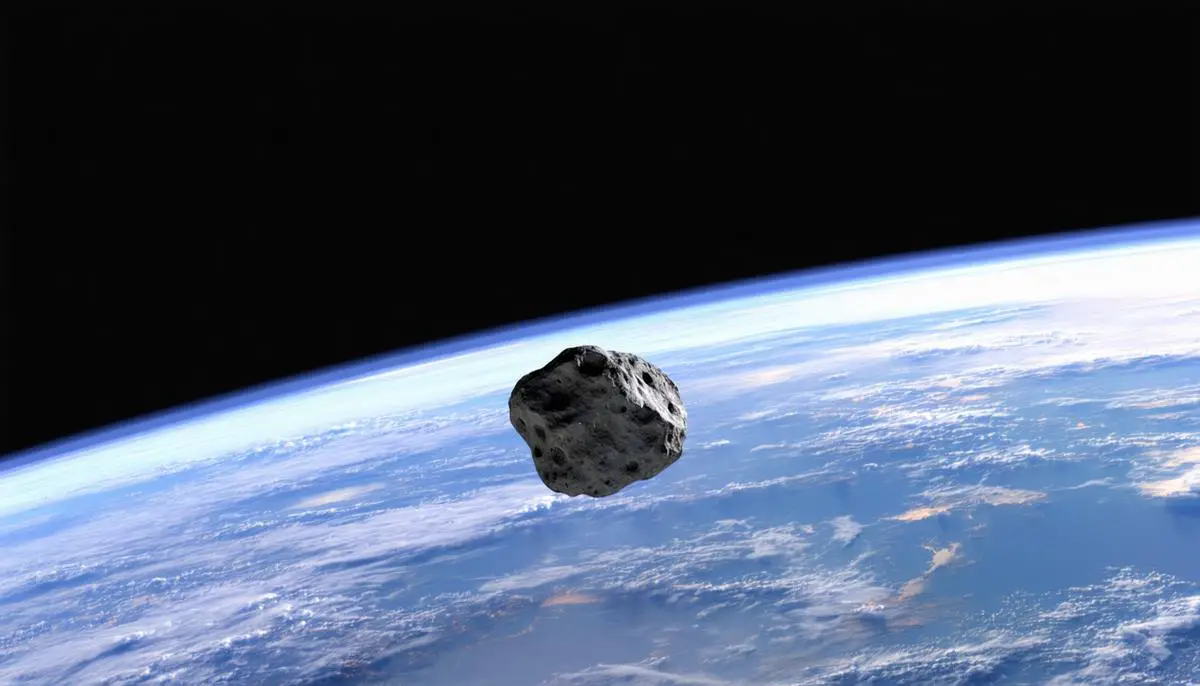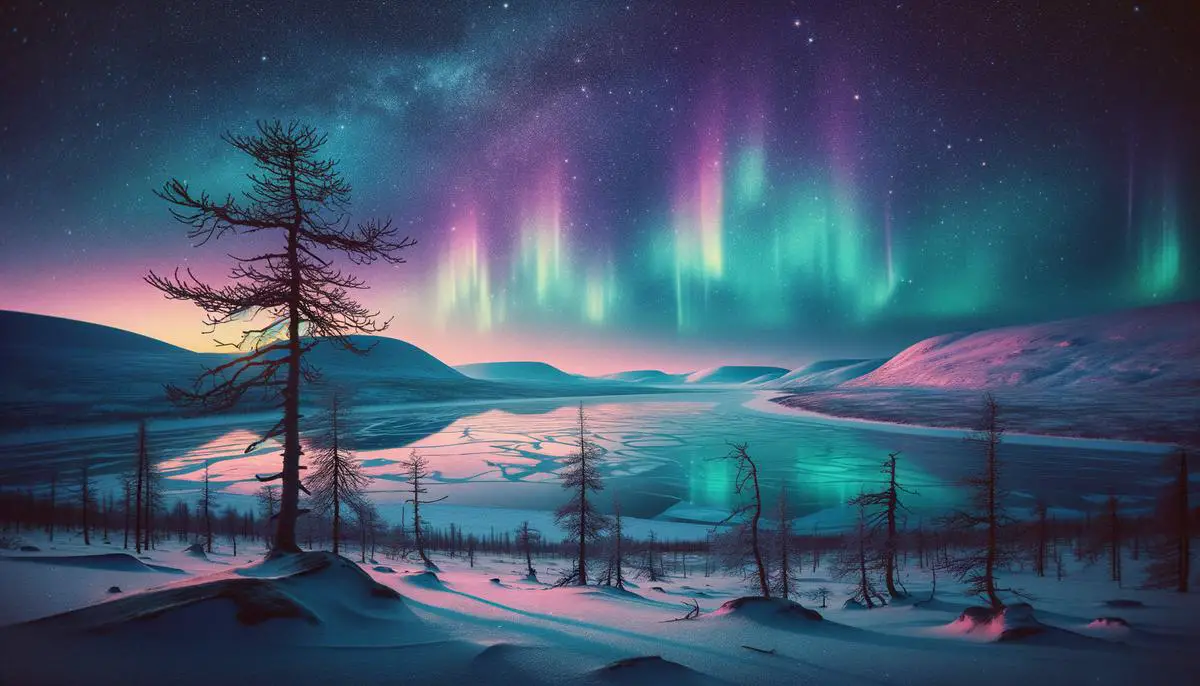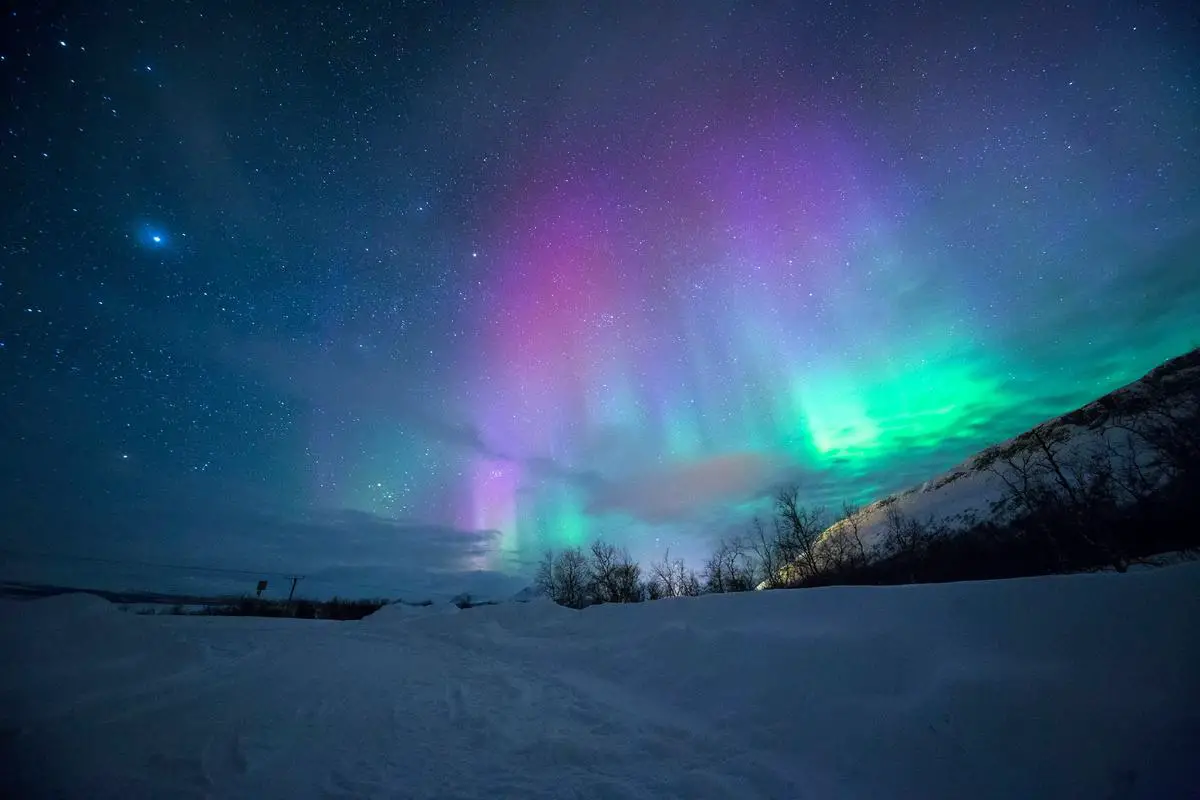Habitability Potential Proxima Centauri b's position within its star's habitable zone sparks interest about its potential to harbor life. The planet orbits the red dwarf Proxima Centauri at a distance where liquid water could exist, but its circumstances may not be as straightforward as its location suggests. Liquid water is […]
![]()
